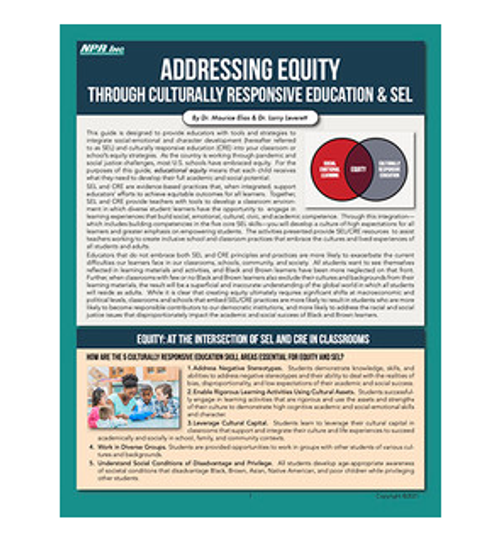Product Overview
Research indicates that approximately one in ten young people experience mental health challenges that are severe enough to impair how they function at school, at home, or in the community. One in every six students experiences a clinical mental health disorder during their elementary or secondary school years. Although schools have always had to address mental health issues that affect a student’s learning and achievement, the statistics—and what teachers know from personal experience on the front lines—indicate an urgent need for a stronger and more consistent response to this growing crisis.
The manifestations of mental health issues in children and adolescents are often most visible when they are under stress and/or when they are engaged in social situations. That puts teachers in a unique position to observe the warning signs of emotional distress and mental health problems in students. They are often the first to recognize that something might be wrong, and as such are “first responders” in the process of early identification, response, and referral of students experiencing mental health issues. Research shows that early detection and treatment can significantly improve resiliency and the ability to succeed in school and in life.
This quick-reference laminated guide will help teachers:
- Be aware of common mental health disorders and concerns;
- Recognize the warning signs that may indicate a potential mental health problem;
- Understand the issues affecting students’ mental health;
- Know when and how to refer students to the appropriate mental health staff;
- Support students in need;
- Interact with students in crisis;
- Cultivate a classroom climate conducive to good mental health.
It also recommends proactive schoolwide initiatives for creating a learning environment that is emotionally supportive and promotes good mental health.







